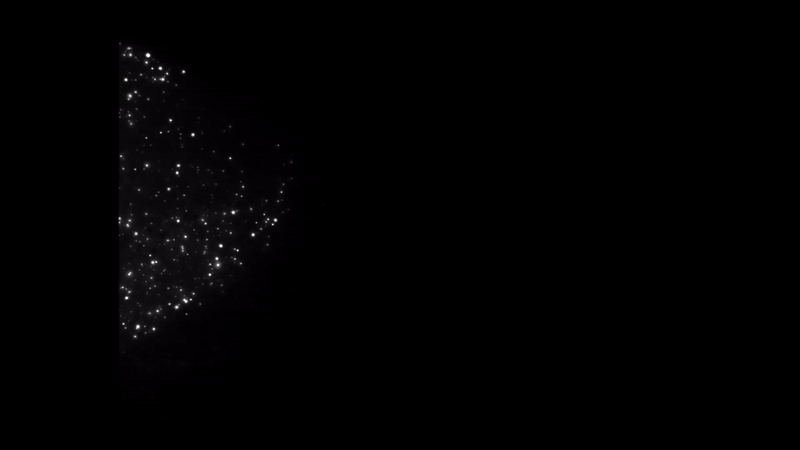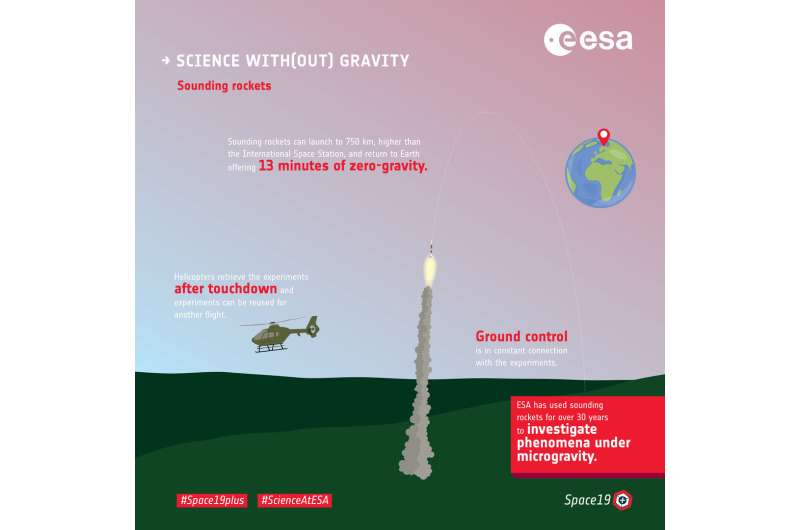A new type of fire, the fuel of the future?

Later this month a Texus rocket will launch from Esrange, Sweden, that will travel about 260 km upwards and fall back to Earth offering researchers six minutes of zero gravity. Their experiment? Burning metal powder to understand a new type of fire.
So-called discrete burning occurs when a piece of fuel ignites and burns completely due to the heat created by other fuel elements around it. Unlike traditional fires that burn through their fuel continuously, discrete fires spread by jumping from one fuel source to another. There are very few examples of discrete fires on Earth, but sparklers commonly lit on New Year's Eve are an example.
Another example is forest fires, where trees burn individually and the next tree burns only when the heat from burning trees around it reaches the temperature necessary for combustion.
Discrete metal powder power
Most transport currently relies on gasoline and oil because they have a particularly high energy density. "Despite all the progress with electric cars, the energy efficiency compared to a traditional petrol-based car is less by a factor of a hundred," says ESA's Antonio Verga who is leading the sounding rocket experiments, "if we want to keep the range and power of road transport then we need to look for alternatives."
Metals have high energy density but they do not ignite easily unless in powder form, when they burn in discrete flames. "We need to find the ideal blend of oxygen and metal powder as well the ideal size of the metal dust to create the best conditions for combustion," explains Antonio, "this is where the Perwaves experiment comes in that will launch this month."
By setting the metal powder alight during its flight beyond the edges of our atmosphere, researchers can study how it burns in a chamber with evenly spaced metal powder suspended in weightlessness. This is not possible on Earth as the powder clumps together into a pile due to gravity.
The results from the burning will be analysed to create models of discrete burning to extrapolate the ideal conditions.
"Once we know what the ideal mixture is, we can work towards creating it on Earth in a power station, or, possibly, in a car's engine," says Antonio, "by injecting the iron powder into a chamber for a brief moment it could be engineered to have the perfect conditions for combustion."

Rust bucket
"The beauty of metal combustion is that it is carbon-free, if one burns iron powder for example, the only 'waste' product is rust," says Antonio, "which can easily be recycled back into the original metal powder. Thanks to the experiments we are doing now, future cars might give a whole new meaning to driving a rust bucket."
The Perwaves experiment will fly on the Texus-56 rocket and has been conceived and designed by the McGill University in Montreal and the Airbus sounding rockets team in Bremen, Germany.
Provided by European Space Agency




















